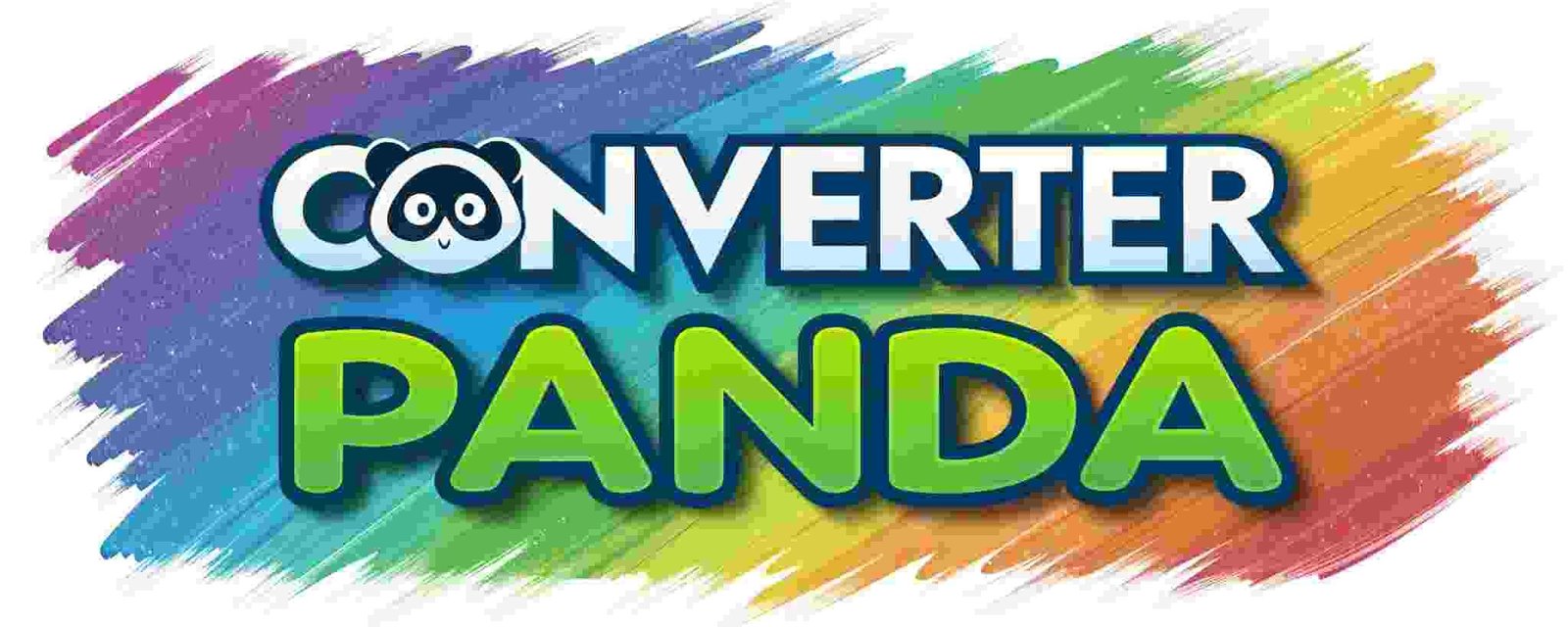Epoch to Human Date Converter – Free Online Timestamp Tool
Epoch to Human Date Converter Free
About This Tool
Our Epoch to Human Date Converter is a powerful, free tool that converts Unix timestamps (epoch time) to human-readable dates and vice versa. Perfect for developers, system administrators, and anyone working with timestamps in programming or data analysis.
This tool processes all conversions entirely in your browser, ensuring complete privacy and security. No data is sent to any server, and all calculations happen locally on your device with real-time updates.
Key Features
Bidirectional Conversion
Convert from epoch to human date and vice versa
Multiple Timezones
Support for major timezones worldwide
Various Formats
ISO 8601, readable, US, EU, and custom formats
Real-time Updates
Live current time display and instant conversion
Mobile Friendly
Works perfectly on all devices and screen sizes
100% Private
All processing happens locally in your browser
How to Use
- Choose Timezone: Select your desired timezone from the dropdown menu
- Select Format: Choose how you want dates to be displayed
- Convert Epoch: Enter a Unix timestamp to see the human-readable date
- Convert Date: Use the date picker to convert human dates to epoch time
- Use Quick Actions: Click preset buttons for common time calculations
- Copy Results: Click the copy button to copy results to your clipboard
Supported Formats: Unix timestamp (seconds since January 1, 1970), ISO 8601, RFC 2822, US format (MM/DD/YYYY), EU format (DD/MM/YYYY)
